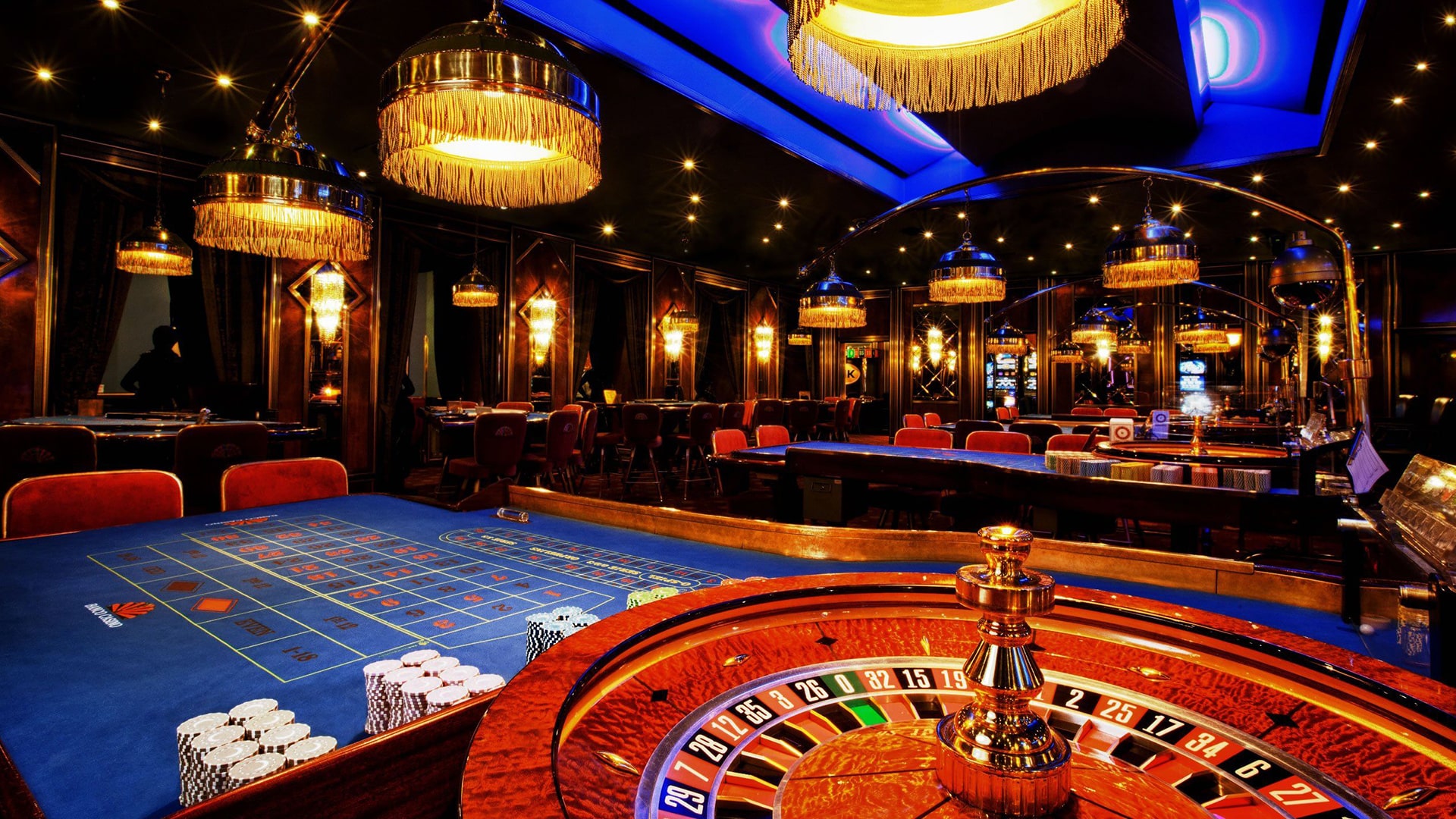
Slot gambling have undergone significant changes over the years, evolving from the vibrant atmosphere of Las Vegas casinos to a convenient option available right in the ease of your living room. The noise of jingling coins and neon signs that once defined the gambling environment is now enhanced by advanced visuals and interactive gameplay on virtual spaces. This transition reflects advancements in tech but also shifts in player interests, making slot games easier to access and entertaining than ever before.
As we explore the development of slot gambling, it becomes apparent how this form of entertainment has changed to modern times. The traditional classic machines have given way to internet-based slots that offer rich themes, captivating storylines, and the chance for big payouts with just the push of a button. Understanding the path of these games helps us understand their enduring appeal and what lies ahead for fans in both brick-and-mortar and online casinos.
A Origins of Slot Machines
The evolution of gaming machines commenced in the final 19th century, when a mechanic named Charles Fey developed the original functional slot machine in 1887. Dubbed the Liberty Bell, the innovative device featured three spinning reels adorned with iconography such as four-leaf clovers, fruits, and the iconic Liberty Bell. Gamblers would drop a coin and pull a lever to set the reels in motion. If the machine landed on three identical symbols, a jackpot was won, captivating players and paving the way for the future of gambling.
The popularity of the Liberty Bell sparked a wave of comparable devices across the nation, leading to the emergence of many producers who sought to capitalize on the growing fascination with gaming machines. However, with the rise of bans in the early 20th century, many of these machines were banned in multiple regions. This led to a decline in their production and use, but the appeal of slot gambling remained strong, as underground gambling houses continued to function discreetly.
In the 1930s, slot machines made a significant return with the debut of fully electromechanical models. These machines allowed for more sophisticated gameplay and enhanced payout mechanisms, captivating the audience once again. The rise of casinos in Las Vegas during the 1940s and 1950s further fueled the demand for slot machines, as players flocked to experience the thrill of luck and fortune. This marked the start of a new era in slot gambling, setting the stage for the modern machines we see today.
The Surge of Virtual Slot Games
Such advent of the internet transformed several forms of leisure activities, and slot gaming was not different. As digital casinos began to surface in the final 1990’s, players found themselves drawn to the ease and availability of online slot games. With only a few clicks, users could discover a vast array of themes and game mechanics that traditional casinos could not offer. This digital shift enabled fresh designs, captivating graphics, and responsive features, which further enhanced the gaming experience. slot bet 100
As technology advanced, so did the development of online slot games. Software providers started to create more sophisticated games that offered compelling storylines, varied paylines, and unique bonus features. This progression attracted a diverse audience, spanning from occasional players to seasoned gamblers seeking for excitement. The integration of mobile gaming also played a crucial role in this growth, enabling players to enjoy their beloved slots on the go, transforming slot gambling into a mobile pastime.
Special offers and incentives became a critical aspect of online slot gameplay, enticing new players while providing incentives for loyalty. Free spins, welcome packages, and loyalty rewards were designed to create a more immersive experience that could rival the thrill of traditional casinos. As the popularity of online slots grew, regulation measures were implemented to ensure fair play and player protection, making online slot gambling a safe and attractive alternative to the brick-and-mortar casino experience.
Upcoming Developments in Slot Gaming
As tech continues to progress, the prospects of slot gaming is set to be incredibly engaging than ever. Virtual reality and augmented reality are poised to revolutionize the gaming experience, allowing players to step into a three-dimensional world where they can interact with the game in ways that were previously unimaginable. Imagine playing the slots in a lively casino atmosphere from the coziness of your home, surrounded by lifelike graphics and interactive features. This kind of engagement will attract a new generation of players and ensure existing fans coming back for more.
Another important trend is the incorporation of skill-oriented features into traditional slot games. While classic slots typically rely on luck, developers are increasingly introducing gameplay mechanics that incentivize players for their skills and choices. This combination approach not only enhances the gaming experience but also appeals to those who enjoy competition. Players may find themselves engaging in mini-games or challenges, adding a new layer of strategy and excitement to their slot gaming experience.
Finally, the rise of gamification in slot gaming is transforming how players interact with these machines. Features such as leaderboards, achievements, and social sharing capabilities are becoming more common. Players can now compete with their friends or a global community, which adds a social element to what was once a lonely activity. As operators continue to explore ways to enhance player engagement through these gamified aspects, slot gaming is likely to evolve into a further interconnected and community-driven experience.